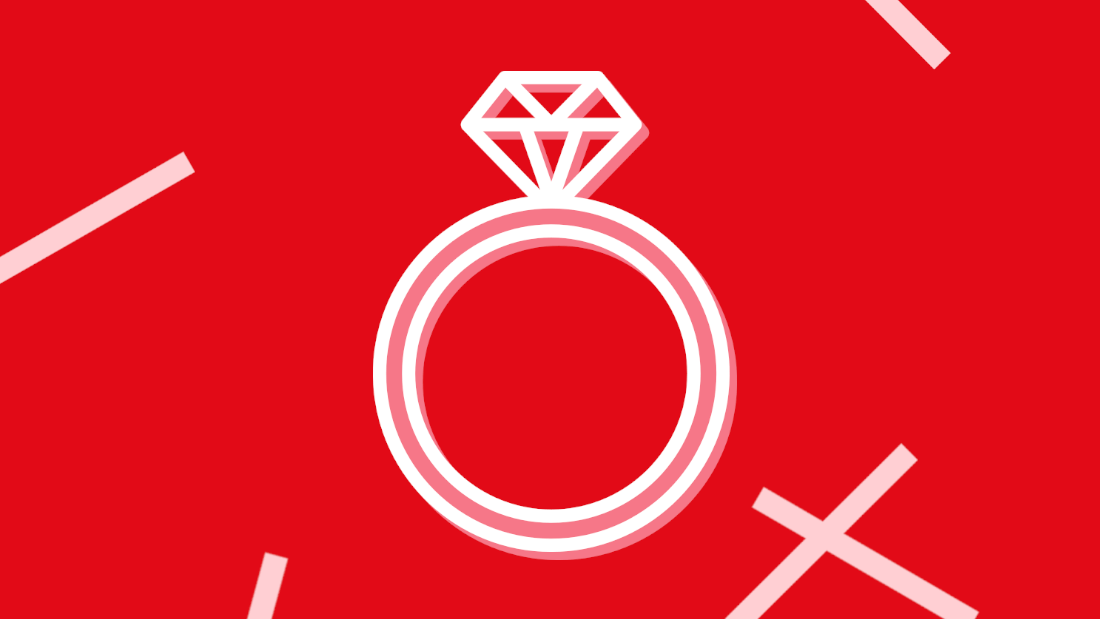You can come to technology, design and consultancy through all sorts of unusual career routes. Goldsmithing, for example.
When I get asked what I did before working in user research, my answer usually prompts a look of puzzled surprise. It may seem like an odd leap, but there are more similarities than you might think.
Those similarities lie not in the final output but in the process of getting there.
As a goldsmith, it’s important to understand the needs of the people I’m creating for. I translate that into something that informs the design of a physical product crafted in gold.
The goldsmithing process
When crafting a bespoke piece of jewellery, I start by understanding the individual the piece is for, whether that’s the person commissioning it, or their loved one.
It’s not only about finding out about the aesthetic preferences of the person who’ll own the finished piece, but also their lifestyle.
That might define practical aspects such as the type of metal or gemstone, some of which are harder than others. It might influence the thickness of the chain or the type of clasp.
Messages and meanings can be intentionally created through the design. That might be obvious and visible, such as a personalised engraving. It might be about melting down and remodelling an heirloom, so Granny’s gold remains in the family for generations. Or, more subtly, it could be about choosing a particular stone that means something to them.
It’s also a matter of balancing client needs with technical and financial constraints.
I will often create a physical prototype for the client, to check for both technical feasibility and that I’ve understood the requirements, allowing for iteration.
That’s when it goes from a 2D design that has to be imagined into something the customer can try on and physically hold.
At its most sentimental, a bespoke piece of jewellery is a tangible representation of people, their relationships and the emotions within it.
How does this apply in digital design?
A lot of what I wrote above could easily be translated into a description of the research and design process for technology projects.
The techniques, tools and materials might be different but, ultimately, it’s about understanding people’s needs, and creating something for them, with them.
It’s about ideating, balancing feasibility with desirability, prototyping, testing, iterating, and, finally, going live with a finished product.
Multiple strands of a squiggly career
As well as goldsmithing there were all kinds of wild and wonderful jobs I had before that, from working in a seed factory lab, to jetting around the world with Formula 1 racing.
I learnt something from every single one of those roles, and those learnings weren’t necessarily the kind of thing you can study at an institution.
The main skills I developed are:
- my ability to communicate with different people
- being comfortable in unpredictable situations
- my attitude that (almost) anything is possible
As a career changer, I was offered a place on the Sparck User Research Academy in 2023. It was great that my transferrable skills were recognised – and continue to be developed.
In fact, very few people take a linear route into user-centred design.
We are made up of our experiences and we each bring that uniqueness with us wherever we go.
The 2024 Academy opens for applications on 1 May. Keep an eye on LinkedIn to see the announcement.
Don’t rule yourself out. If you’ve got experience working with people, thinking about their needs, making and creating products, or anything that might translate, why not apply? I’m happy to answer any questions you might have, just send me a message on LinkedIn.
If you want to find out more, read:
- Opening doors: reflections on the 2023 Sparck user research academy
- The empowering experience of the Sparck Academy



